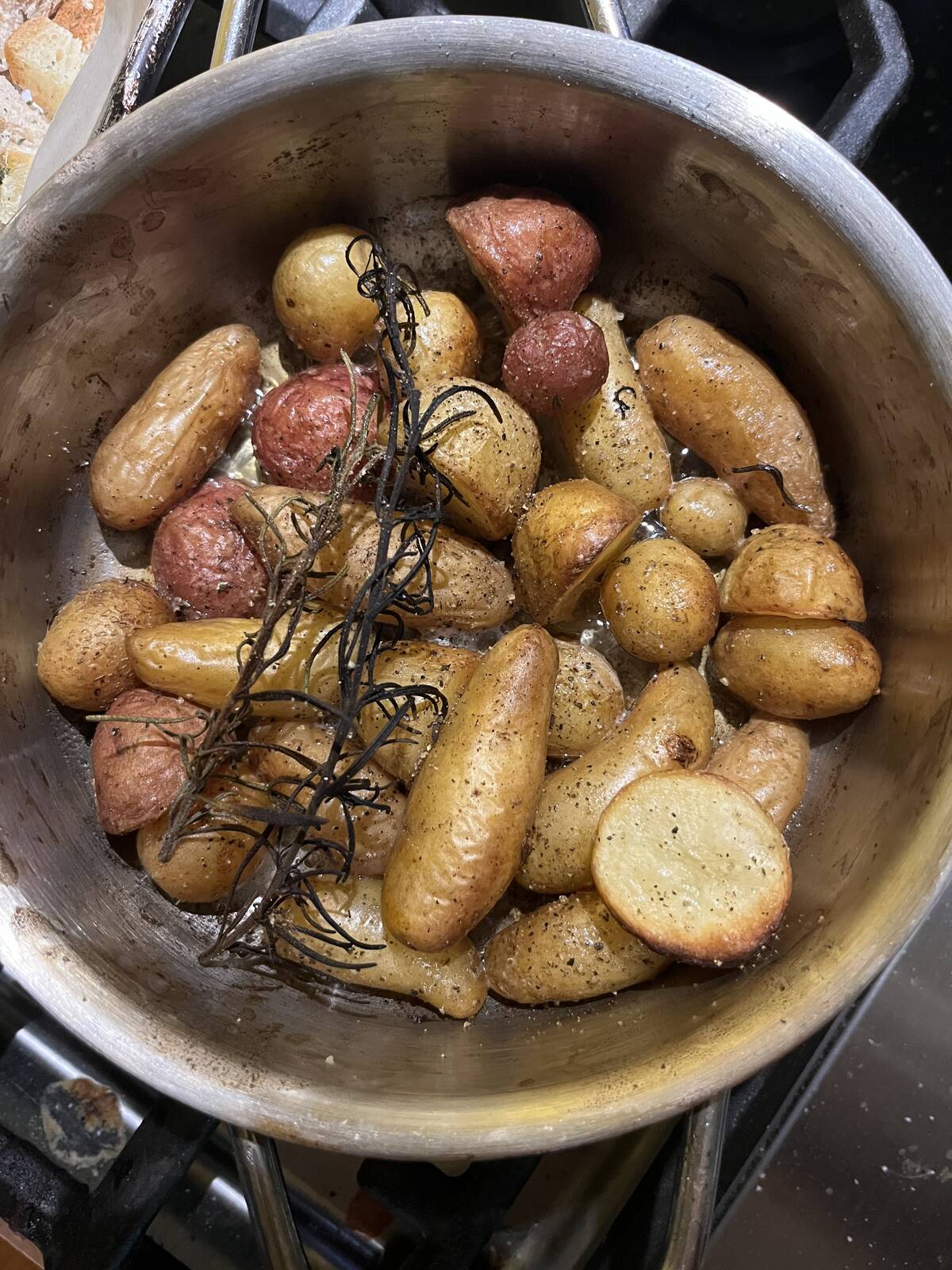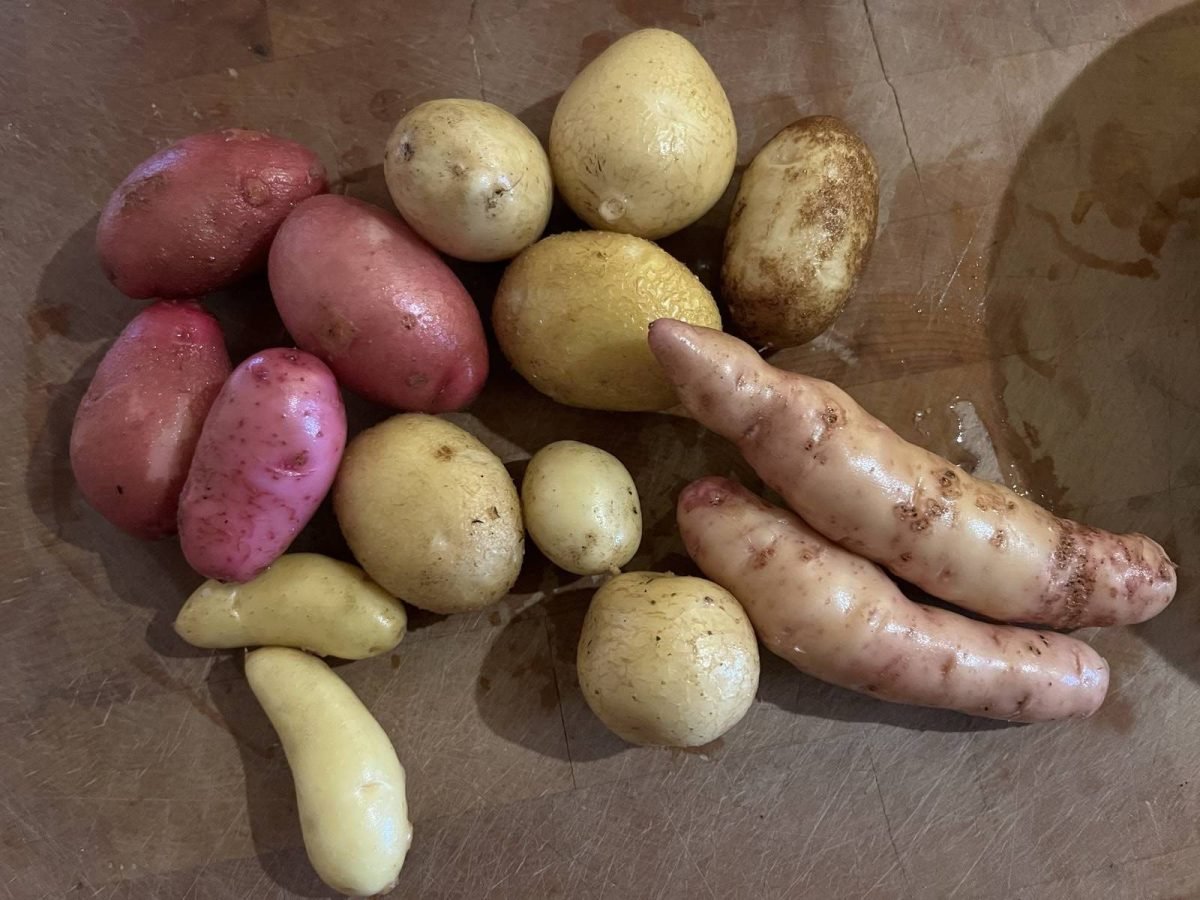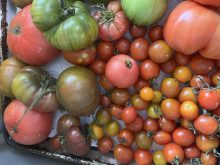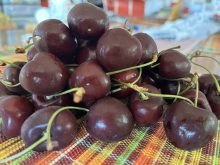Potatoes are close to the Irish heart. This was made evident when in 2015 the Irish public chose “When All the Others Were Away at Mass,” a sonnet featuring potatoes by the late great Irish poet Seamus Heaney as “the Poem for Ireland,” Irish readers’ favourite Irish poem of the past 100 years. The sonnet captures a tender moment when young Heaney and his mother, who had nine children, peeled potatoes while the rest of the household attended church. It’s not the only instance of the potato in Irish literature: Leopold Bloom, James Joyce’s walkabout lead character in his novel Ulysses, wanders the streets of Dublin with a spud in his pocket.
The potato’s arrival in Europe was the result of war and oppression. Spanish conquistadores had claimed numerous plants and animals as part of the Columbian Exchange, the unequal exchange of goods, disease, slavery, land theft and genocide between New World and Old that began in 1492 and culminated in 1650. The colonizers brought with them the devastation of fatal illnesses — among them smallpox, measles, tuberculosis, and cholera, and diphtheria — that ran rampant among North America’s First Nations; sugar, rice, cotton and tobacco imported into and from the Americas became the economic basis of North and South American societies built on enslavement. Half a world away, European cooks and diners benefitted without any pangs of conscience, gaining tomatoes, potatoes, corn, vanilla, cacao, turkey and the Muscovy duck, among other edibles.
The potato was introduced to Ireland in the late 1500s, possibly by Sir Walter Raleigh, but more likely by Basque fishermen. The Irish people adopted the potato more quickly and more widely than any other European country. By the 1830s, it was a staple for the country’s rapidly growing population, and public records show that young men of the era would live on five kilograms of spuds a day.
Read Also

Syngenta rolls out Envita Dry nitrogen-fixing biological
A new formulation of the Envita bacterium distributed by Syngenta is expected to help farmers tap into more of the nitrogen crops need throughout the season — without adding more fertilizer.
But Irish farmers didn’t diversify potato breeds for genetic (and culinary) variation; they monocropped, depending on only one species, a waxy, coarse potato variety known as “lumper.” In late fall 1845, Phytophthora infestans, or potato blight, arrived from England and Europe, turning fields sown with lumpers into beds of inedible slime as the potatoes rotted. During the ensuing national famine in 1845-1852, over a million, or one in eight, Irish residents died of hunger. Another million emigrated, mostly to North America, bringing with them their enduring fondness for the spud.
Several branches of my paternal family, the Smiths, Cooks and Cleavers, were Scots who had settled in Ulster in Northern Ireland. They arrived in Upper Canada (now Ontario) in the 1800s, possibly before or during the Irish famine. My father’s undying love of daily potatoes surely had its roots in the Irish potato beds. After his passing six years ago, my mother, who cooked most of the family’s meals for decades, announced that if she never ate another spud it would be too soon. However, she never turns down my potato-leek soup, double-stuffed bakers, cheesy scalloped spuds, lemony oregano-dusted Greek potatoes, latkes with apple sauce, pommes Anna, spud and turnip mash or the favourite shown here. So first we eat, gratefully, and share, then we can trade our family histories and potato recipes.

Butter-basted baby potatoes with rosemary
Choose baby-sized spuds and an ovenproof casserole.
Serves 2-4.
- 2 Tbsp. butter
- 1 ½ lb. small potatoes
- 2-3 sprigs rosemary
- salt and pepper to taste
- chives or green onions, minced, for garnish
- sour cream, Greek yogurt or crème fraiche for garnish
Preheat oven to 375 F. Melt the butter in the casserole and add the potatoes. Roll them to coat thoroughly, then top with rosemary sprigs and salt. Cover snugly and roast until tender, about 40 minutes, tossing several times.
Raise the oven temperature to 425 F and uncover the potatoes, then roast for another 20 minutes, tossing again, until lightly browned. Season with pepper and serve with garnishes if desired.
















